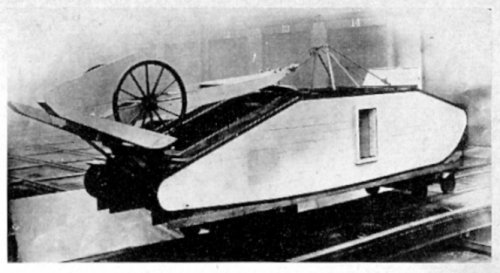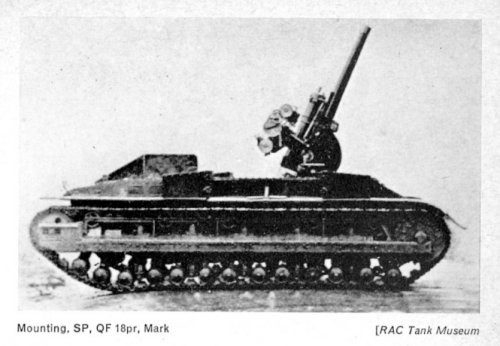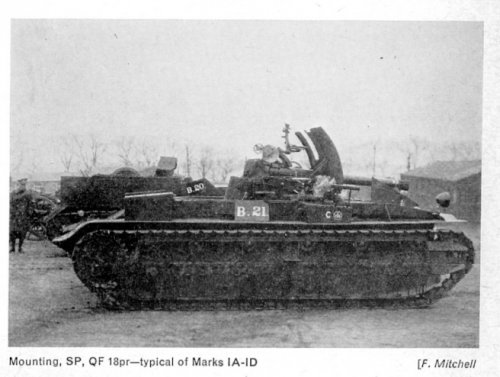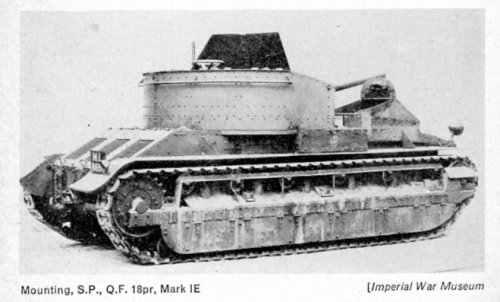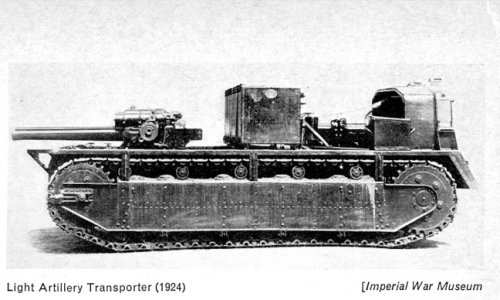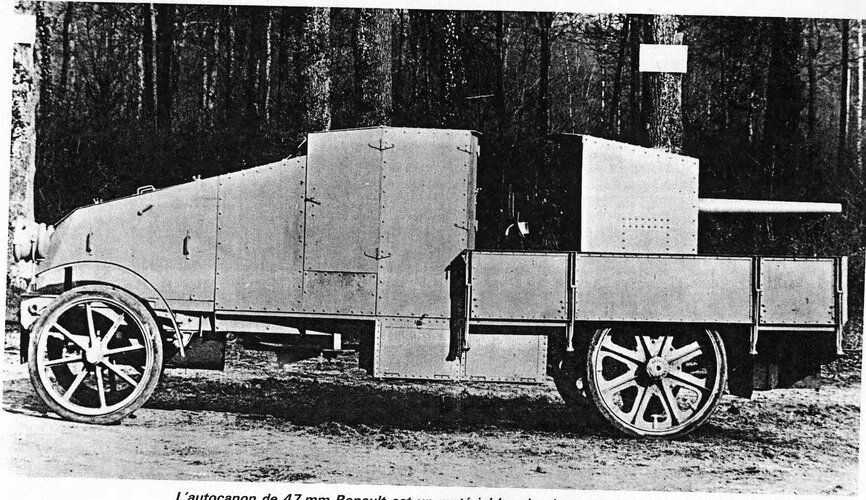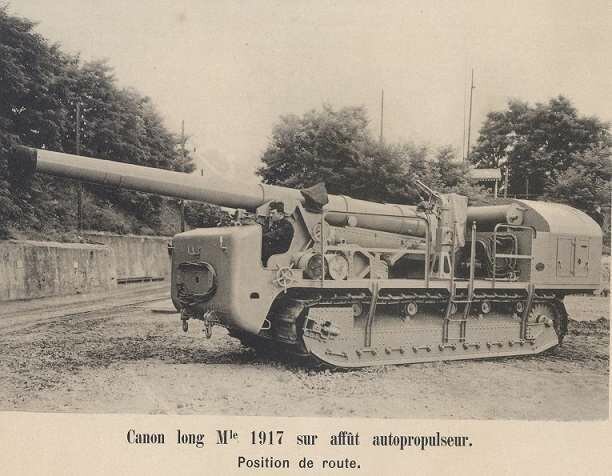- Joined
- 22 April 2012
- Messages
- 2,258
- Reaction score
- 2,309
The British Army effectively invented what has unfortunately been termed Blitzkrieg in the latter stages of WW1. One of the outputs of this was the Mk 1 gun carrier based on a tank chassis it could carry a 6 inch or 60lb howitzer. However the vehicle was largely used as a pack mule. However towards the end of the war an improved variant called the Mk 2 was being developed and was likely built in mock-up form (any images would be great).
Post war the British Army pursued it Dragon range of vehicles (derived from drag-gun). Armstrong-Siddeley submitted a prototype that was later abandoned but the Vickers concept appears to have been procured in very small numbers and in two variants, medium and light, with various marks. However these were effectively gun tractors rather than SPG's.
The latter came in the form of the Birch Gun, the first had an 18 pounder mounted in a fixed armoured superstructure whilst the second mounted a 75mm Vickers DP gun (likely an early variant of what later became the Vickers 75mm AA gun?) in an open vehicle. There are suggestions that a third variant was planned but I have no idea how this was to be equipped.
This is just a very brief summary and i will happily provide more detail if anyone wishes, I anyone has any information regarding the Mk-III Birch gun or the Mk-2 Gun carrier I would be very grateful!
Thank you in advance sealordlawrence
Post war the British Army pursued it Dragon range of vehicles (derived from drag-gun). Armstrong-Siddeley submitted a prototype that was later abandoned but the Vickers concept appears to have been procured in very small numbers and in two variants, medium and light, with various marks. However these were effectively gun tractors rather than SPG's.
The latter came in the form of the Birch Gun, the first had an 18 pounder mounted in a fixed armoured superstructure whilst the second mounted a 75mm Vickers DP gun (likely an early variant of what later became the Vickers 75mm AA gun?) in an open vehicle. There are suggestions that a third variant was planned but I have no idea how this was to be equipped.
This is just a very brief summary and i will happily provide more detail if anyone wishes, I anyone has any information regarding the Mk-III Birch gun or the Mk-2 Gun carrier I would be very grateful!
Thank you in advance sealordlawrence

